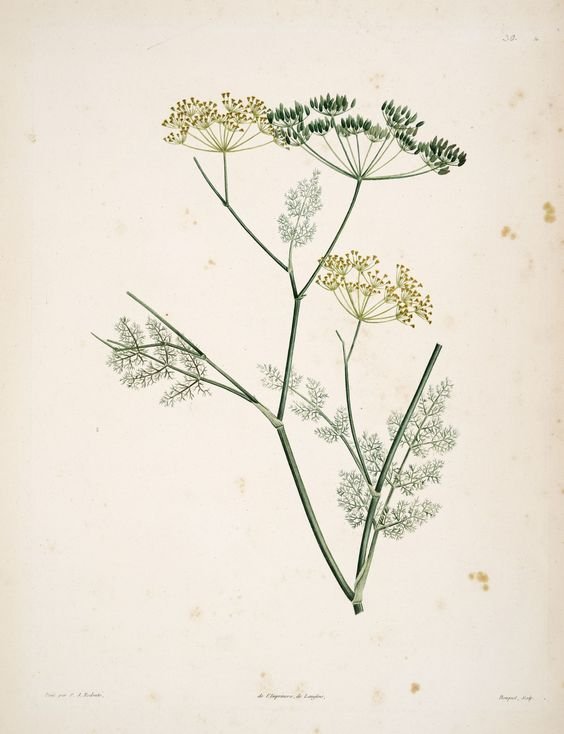Naming - OMBELLULE & BRASSERIE ROSEAUX
Naming anything is a labor of love. For me, in my little corner of the world, in the small niche of writing and translating I’ve caved out, there’s nothing more exciting, more daunting than finding a new name. A task with as many layers as obstacles. Find a term that tells a story, sounds good, is memorable, poetic if appropriate, unique, representative of the people behind it, and aspirational for their audience. And with enough staying power so that no one gets sick of it in 2, 5, 10 years time. That was the task given to me by Tabata Mey and Ludovic Mey. Name their TWO new restaurants with distinctive themes and cuisines, but maintain a connection, through the chefs, their innate generosity, and what their food symbolizes. A conversation with two clear voices. Easy as pie…
Applying my American outsider’s pen to their very French world that mingles gastronomy, artistry, and the art of business has been eye-opening. Weeks were spent reading ancient recipe books, foraging in antique libraries, combing auction catalogues, leafing through botanical compendiums. The names OMBELLULE and BRASSERIE ROSEAUX are a concentrate of 6 months of research infused with lengthy conversations and filtered through the chefs’ decades of cooking, eating, parenting, managing, and loving. Each name calls on a recognizable organic form that grows in proximity to the other on waters’ edges and coincidentally along Lyon’s two emblematic rivers.
Ombellule is a word I’d gathered during some botanical research but had put to the side for a time. During a hike through the hills of Chalmazel, I stopped to explain the structure of a wild umbel flower to L and the kids. When I described the word, all came into focus. In nature, the ombellule is the smallest, most detailed part of a compound flower - a bloom within a bloom. For the chefs, it is the pinnacle of their gastronomic craft, their lives and experiences centered in one creation. Many plants that feature in their food grow umbel flowers: fennel, wild carrots, cilantro, dill, parsley, celery, anise…
Roseaux, or reeds, are the familiar tall plants that grow beside bodies of water in groups. Featuring in a Fable de la Fontaine, the Roseau symbolizes humility, flexibility and resilience. For a hub serving traditional French food that has historically known many attempted adaptions, adjustments, and additions, the Roseau seemed the right fit for an establishment aiming to remain firmly anchored in its heritage. Respect will be paid to recipes’ historical ingredients, technique, and intentions. No matter the winds, reeds bend but never break. Voilà donc Brasserie Roseaux.
Below are the naming manifestos written in French and in English that went on to guide the various artists and artisans, artistic direction and interior design choices that articulate the two restaurants.







